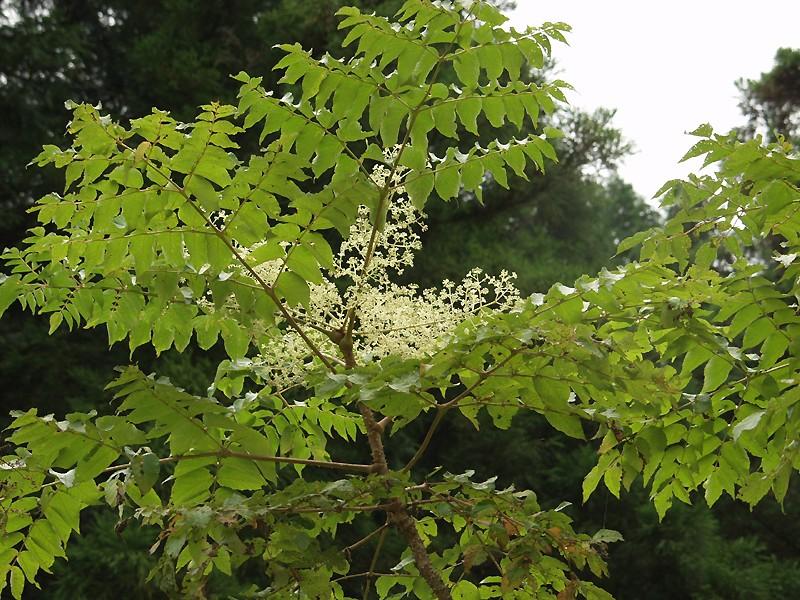
Japanese angelica tree (Aralia elata)
Japanese angelica tree, also known as Japanese Angelica Tree, Korean Angelica Tree, Chinese Aralia
The Japanese angelica tree, introduced to America in 1830 as an ornamental plant, is now classified as an invasive species. Its aggressive growth and ability to spread through suckers and self-seeding allow it to form dense thickets, which can overwhelm and displace native plant communities. Due to these ecological threats, it has been banned in New York state.
Key Facts About Japanese angelica tree
Attributes of Japanese angelica tree
Lifespan
Perennial
Plant Type
Tree
Plant Height
10 m
Spread
1.8 m to 3 m
Leaf Color
Green Yellow Orange
Flower Size
1 cm to 1.5 cm
Flower Color
White Cream Green
Scientific Classification of Japanese angelica tree
Phylum
Vascular plants
Class
Dicotyledons
Order
Carrots, ivies and allies
Family
Ivy
Genus
Spikenards
Species
Japanese angelica tree